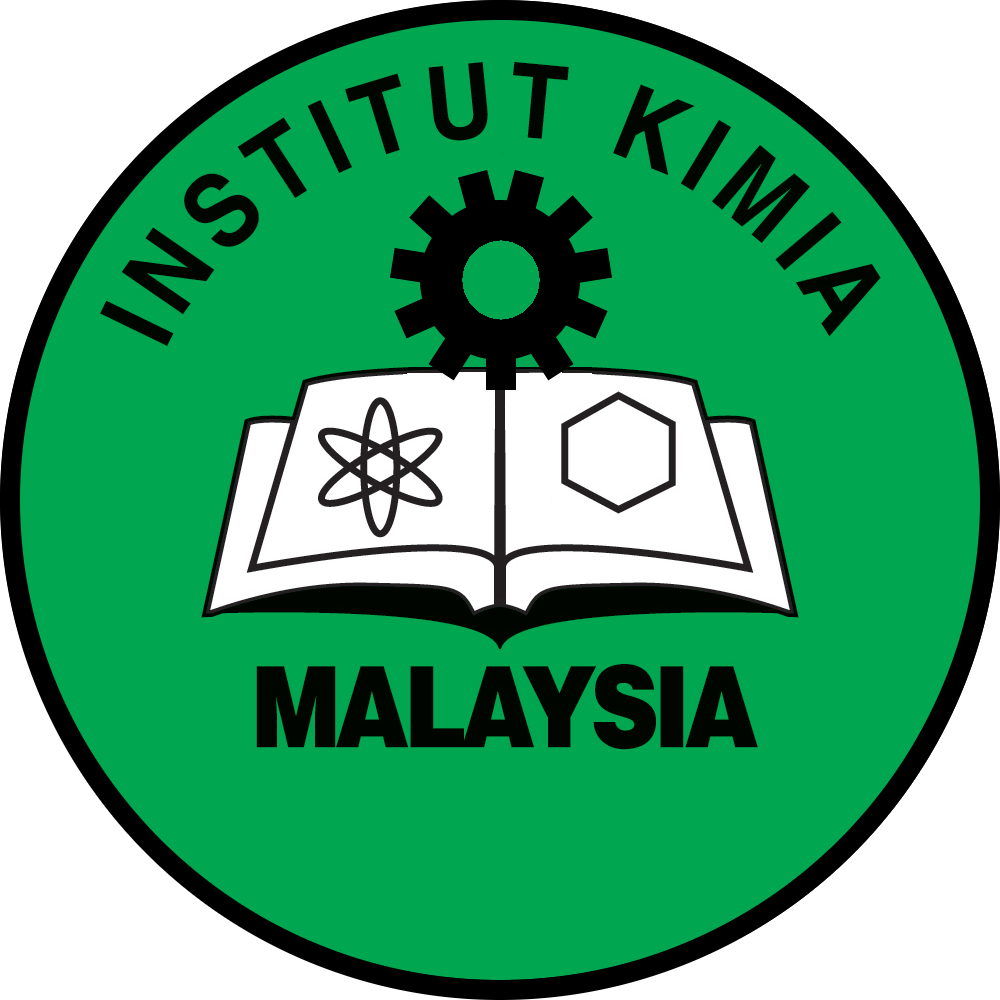Extraction and Physicochemical Characterization of Microcrystalline Cellulose from Oil Palm Empty Fruit Bunches
DOI: https://doi.org/10.55373/mjchem.v27i4.95
Keywords: Microcrystalline cellulose (MCCs); Oil palm empty fruit bunches (OPEFB); extraction
Abstract
Microcrystalline cellulose (MCC) is a valuable biopolymer widely used in pharmaceutical, food, and packaging industries due to its biodegradability and functional properties. This study aimed to extract and characterize the physicochemical properties of MCC derived from oil palm empty fruit bunches (OPEFB), an abundant agricultural residue. The extraction process was carried out through an alkaline pretreatment, followed by acid hydrolysis to isolate cellulose and reduce crystallite size. The produced MCC was characterized using Fourier-transform infrared spectroscopy (FTIR), thermogravimetric analysis (TGA), X-ray diffraction (XRD), and field emission scanning electron microscopy with energy-dispersive X-ray spectroscopy (FESEM-EDX). The results indicate that the MCC achieved a crystallinity index of 64.1% and exhibited a rod-like morphology. The TGA curves revealed weight loss in the temperature range of 120°C to 432°C, indicating the thermal degradation of cellulose and hemicellulose, followed by further decomposition up to 900°C. These findings suggest that MCC derived from OPEFB possesses physicochemical properties comparable to those of conventional cellulose sources, making it a promising sustainable alternative. This study highlights the potential of utilizing OPEFB as an eco-friendly raw material for MCC production, in line with waste valorization and circular economy initiative.
